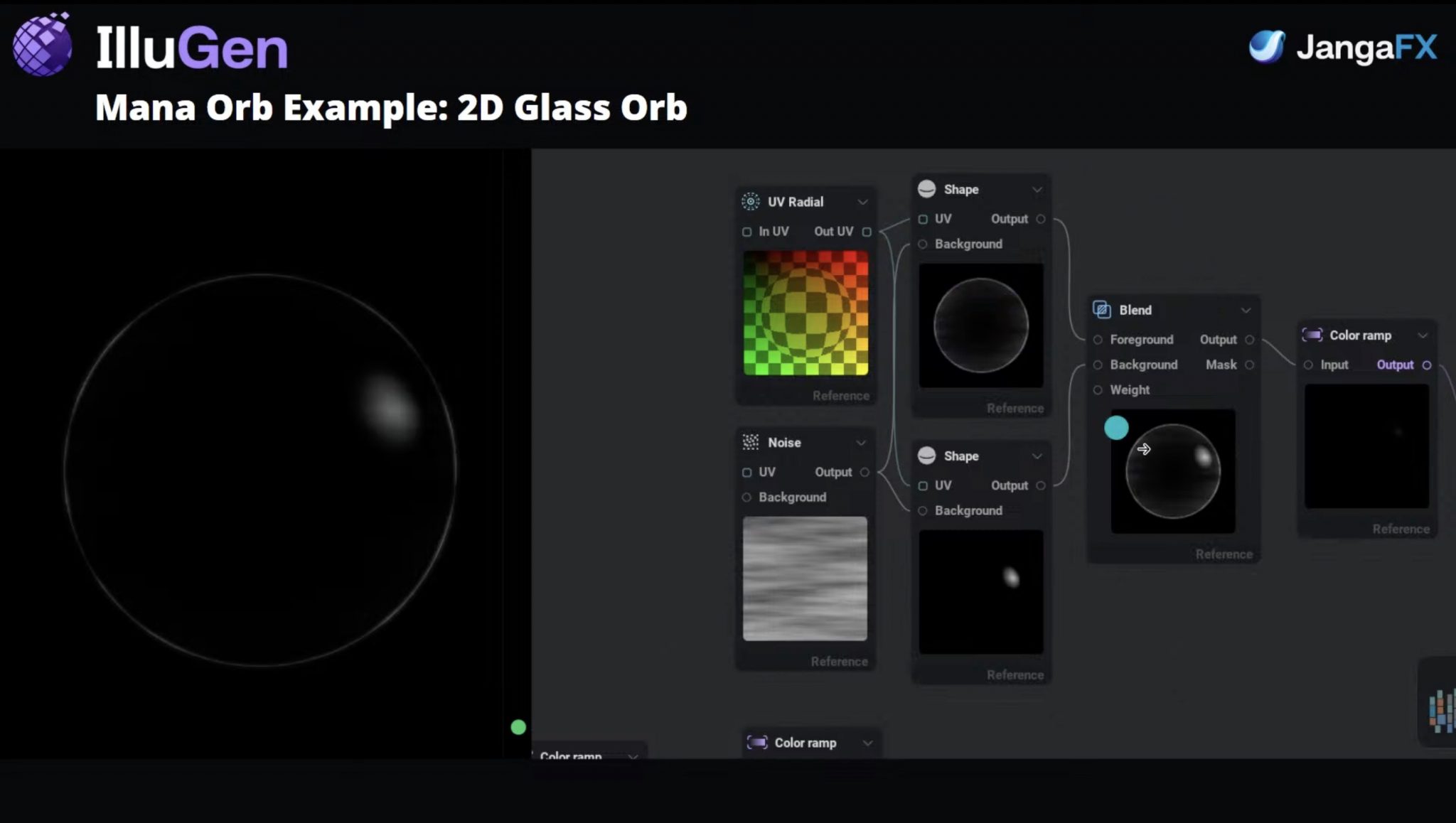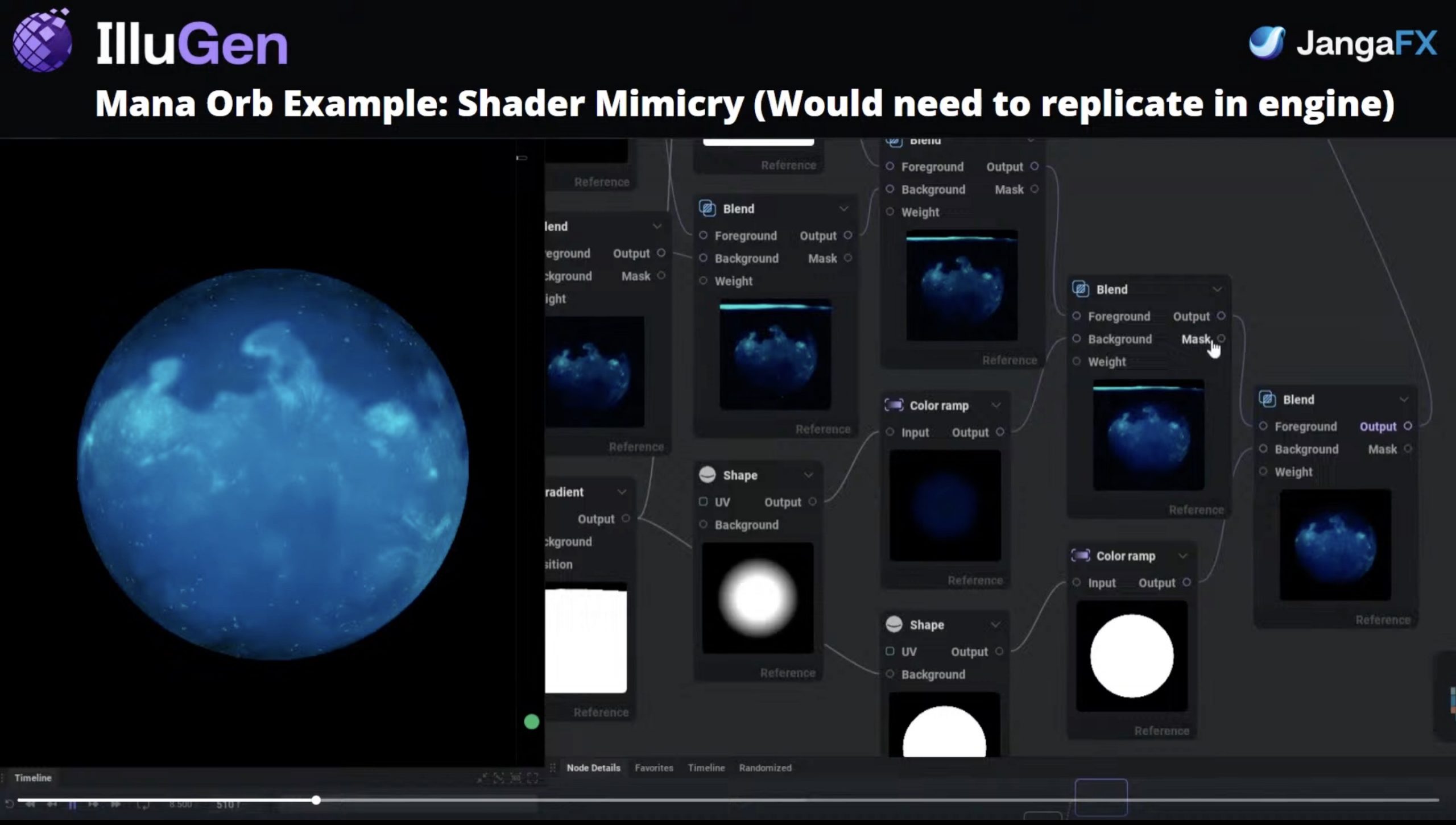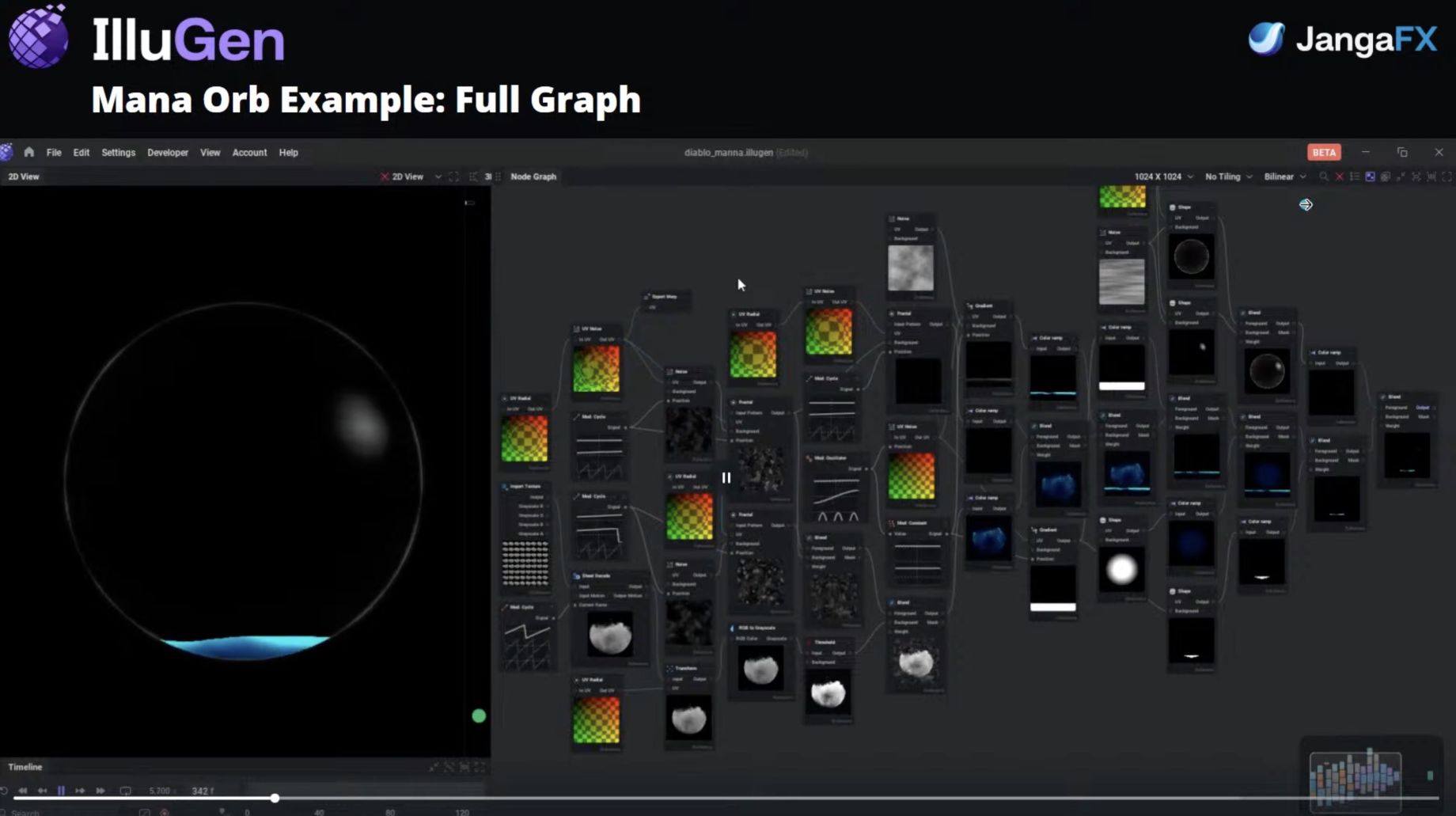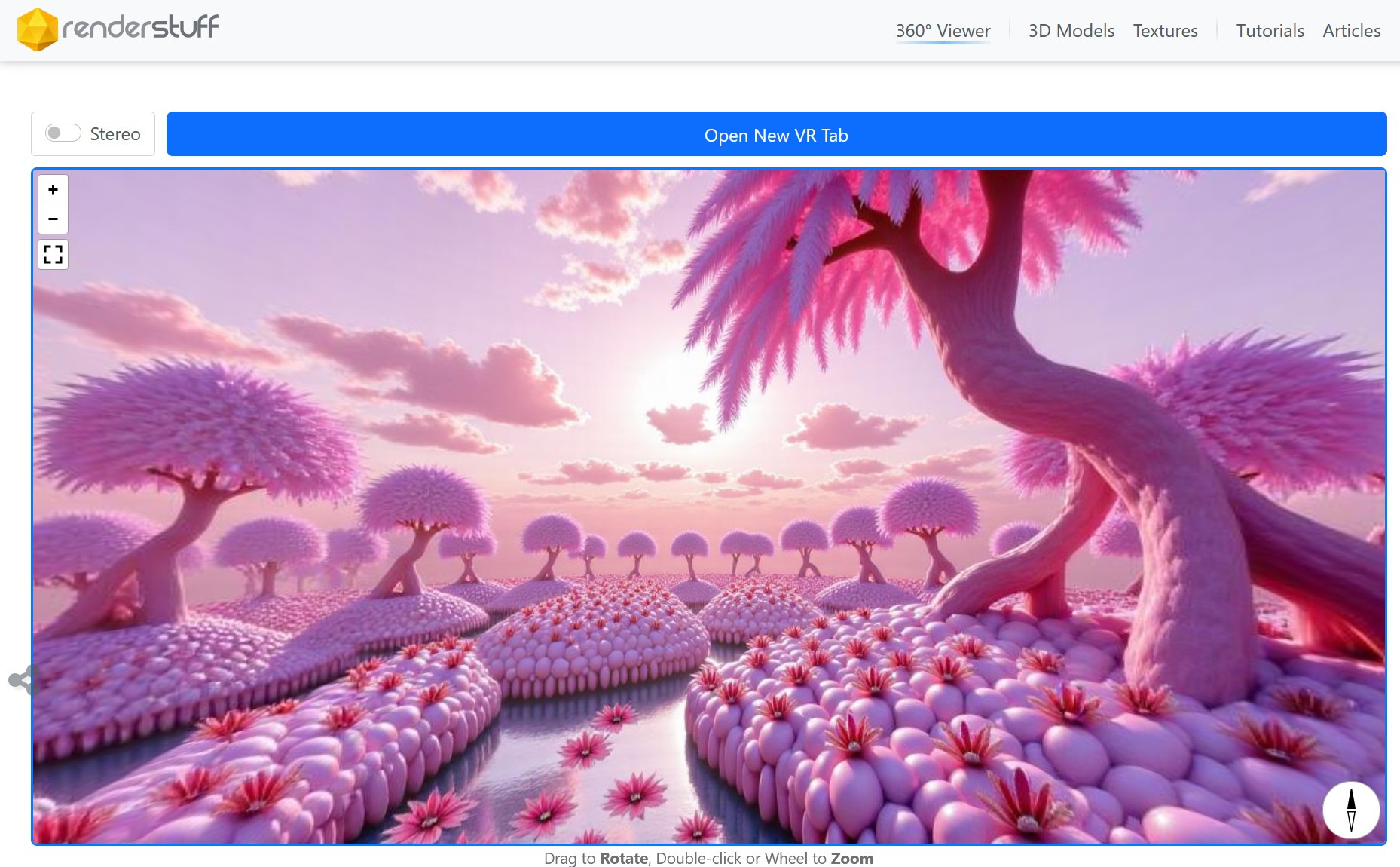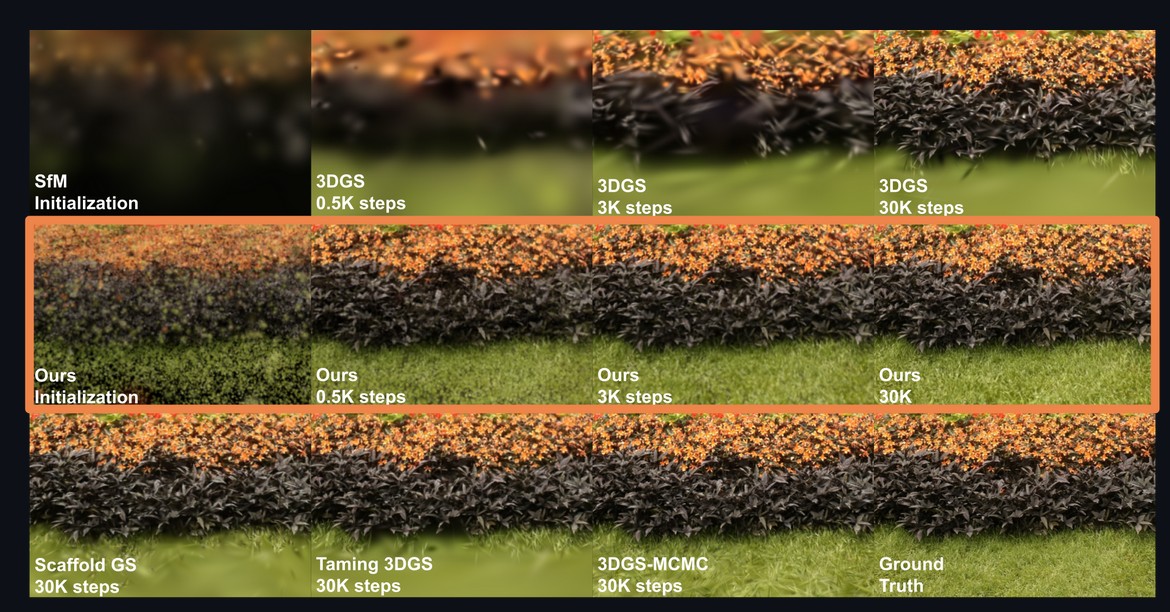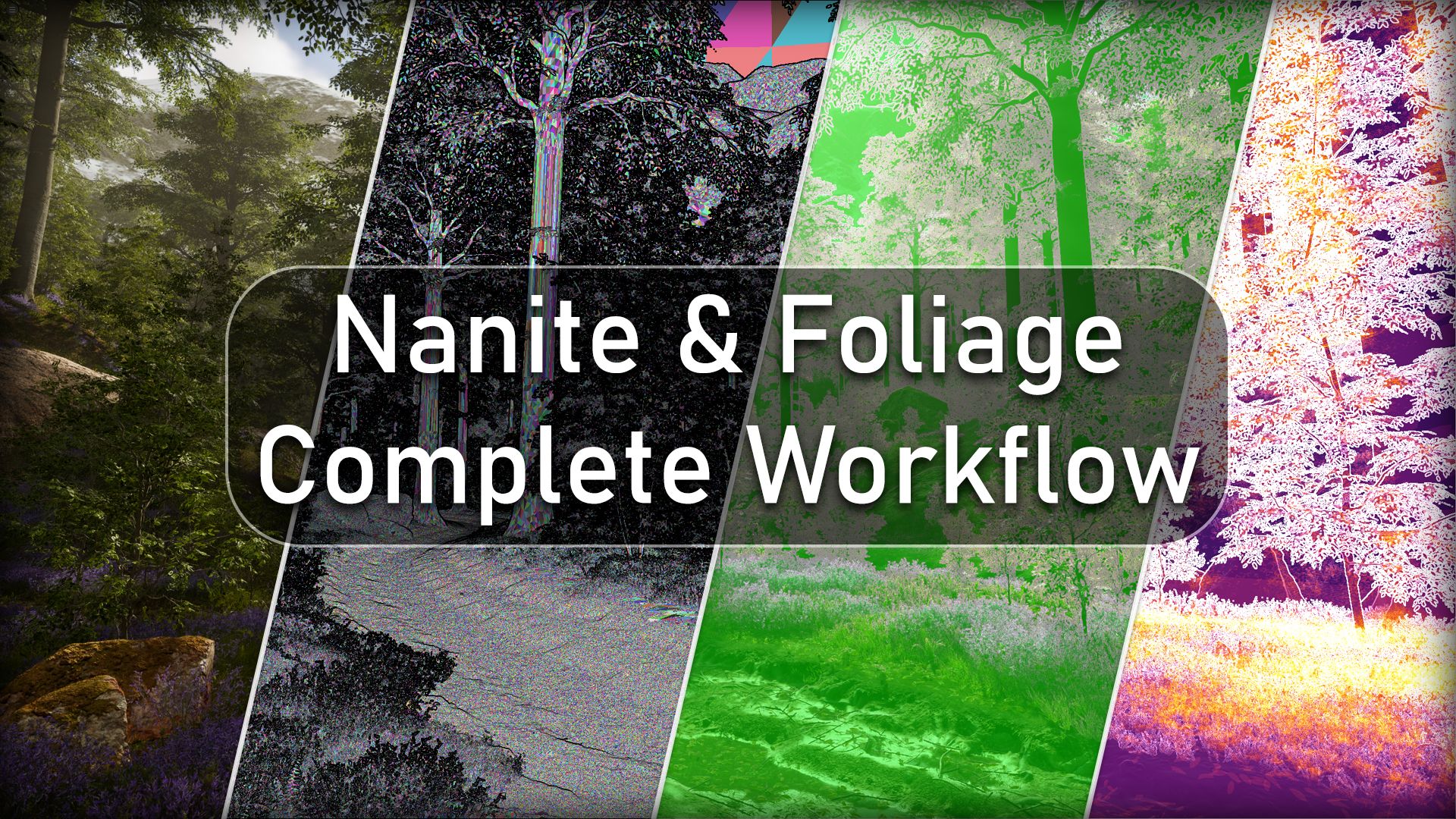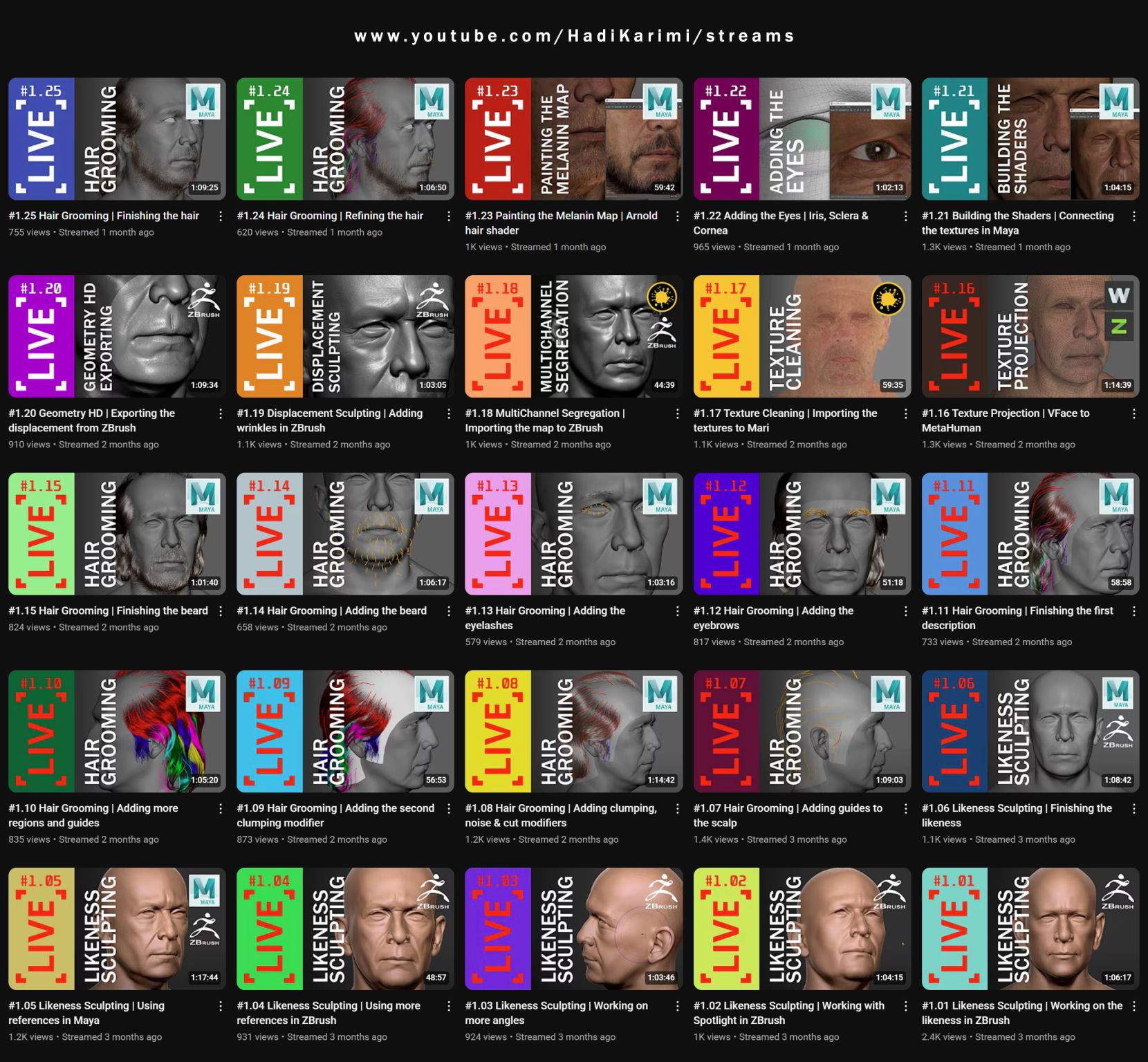-
Arto T. – A workflow for creating photorealistic, equirectangular 360° panoramas in ComfyUI using Flux
https://civitai.com/models/735980/flux-equirectangular-360-panorama
https://civitai.com/models/745010?modelVersionId=833115
The trigger phrase is “equirectangular 360 degree panorama”. I would avoid saying “spherical projection” since that tends to result in non-equirectangular spherical images.
Image resolution should always be a 2:1 aspect ratio. 1024 x 512 or 1408 x 704 work quite well and were used in the training data. 2048 x 1024 also works.
I suggest using a weight of 0.5 – 1.5. If you are having issues with the image generating too flat instead of having the necessary spherical distortion, try increasing the weight above 1, though this could negatively impact small details of the image. For Flux guidance, I recommend a value of about 2.5 for realistic scenes.
8-bit output at the moment

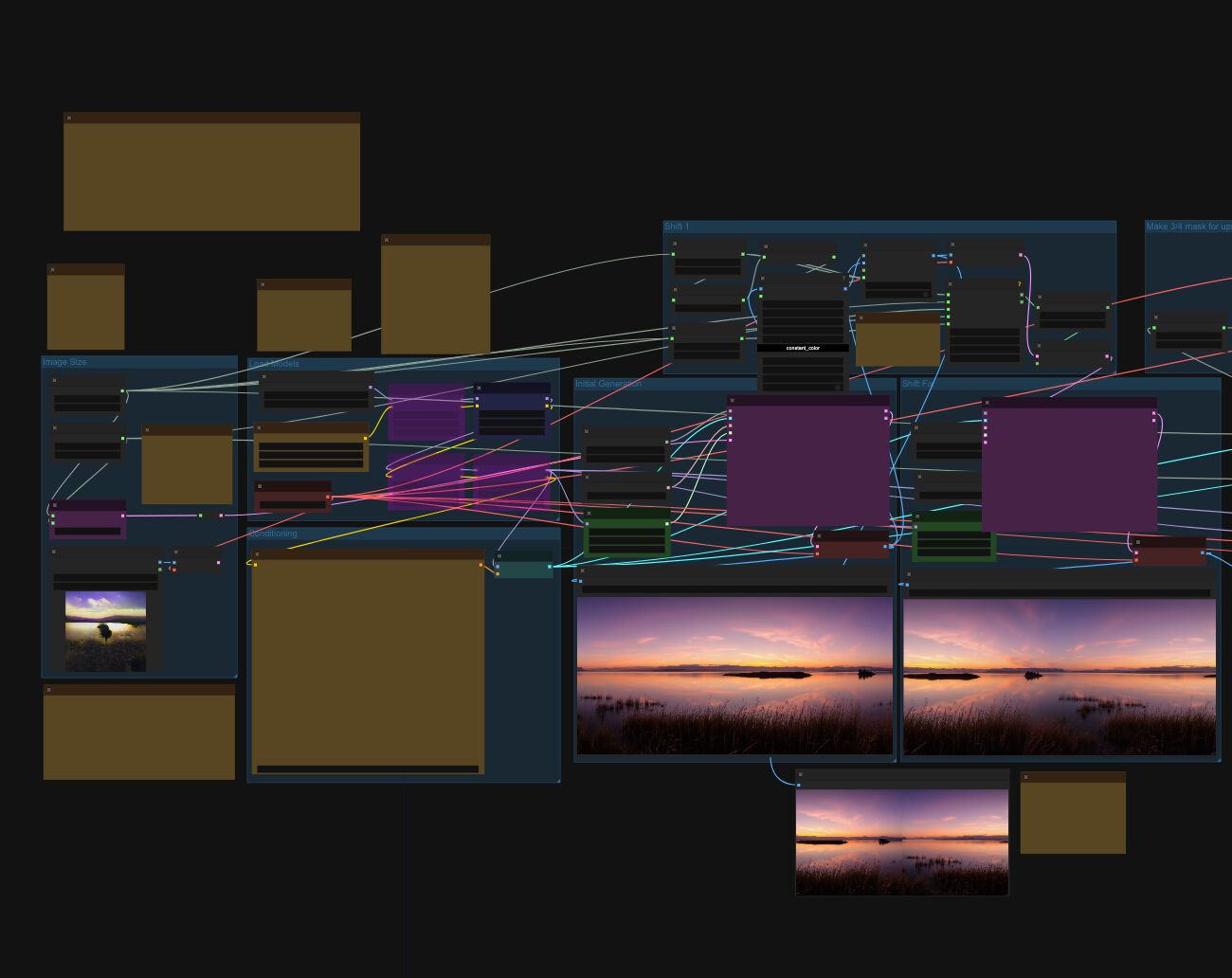
-
Scientists claim to have discovered ‘new colour’ no one has seen before: Olo
https://www.bbc.com/news/articles/clyq0n3em41o
By stimulating specific cells in the retina, the participants claim to have witnessed a blue-green colour that scientists have called “olo”, but some experts have said the existence of a new colour is “open to argument”.
The findings, published in the journal Science Advances on Friday, have been described by the study’s co-author, Prof Ren Ng from the University of California, as “remarkable”.
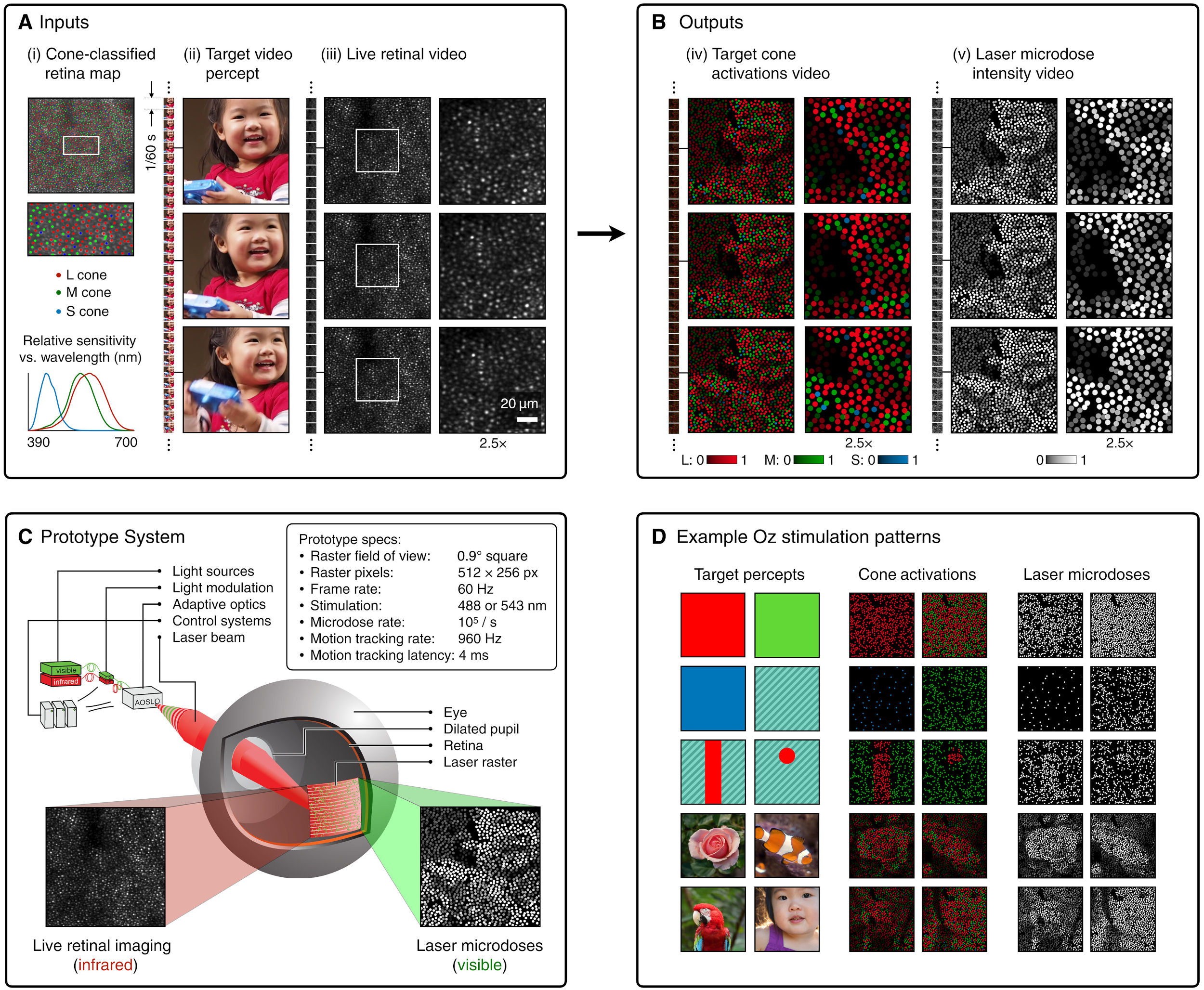
(A) System inputs. (i) Retina map of 103 cone cells preclassified by spectral type (7). (ii) Target visual percept (here, a video of a child, see movie S1 at 1:04). (iii) Infrared cellular-scale imaging of the retina with 60-frames-per-second rolling shutter. Fixational eye movement is visible over the three frames shown.
(B) System outputs. (iv) Real-time per-cone target activation levels to reproduce the target percept, computed by: extracting eye motion from the input video relative to the retina map; identifying the spectral type of every cone in the field of view; computing the per-cone activation the target percept would have produced. (v) Intensities of visible-wavelength 488-nm laser microdoses at each cone required to achieve its target activation level.
(C) Infrared imaging and visible-wavelength stimulation are physically accomplished in a raster scan across the retinal region using AOSLO. By modulating the visible-wavelength beam’s intensity, the laser microdoses shown in (v) are delivered. Drawing adapted with permission [Harmening and Sincich (54)].
(D) Examples of target percepts with corresponding cone activations and laser microdoses, ranging from colored squares to complex imagery. Teal-striped regions represent the color “olo” of stimulating only M cones.
-
-
Finn Jager – From HEIC (High Efficiency Image Container) iPhone to a Multichannel EXR
Finn Jäger has spent some time in making a sleeker tool for all you VFX nerds out there, it takes a HEIC iPhone still and exports a Multichannel EXR – the cool thing is it also converts it to acesCG and it merges the SDR base image with the gain map according to apples math hdr_rgb = sdr_rgb * (1.0 + (headroom – 1.0) * gainmap)
https://github.com/finnschi/heic-shenanigans

-
Mars Lewis on the Brandolini’s Law
Brandolini’s law (or the bullshit asymmetry principle) is an internet adage coined in 2013 by Italian programmer Alberto Brandolini. It compares the considerable effort of debunking misinformation to the relative ease of creating it in the first place.
The law states: “The amount of energy needed to refute bullshit is an order of magnitude bigger than to produce it.”
https://en.wikipedia.org/wiki/Brandolini%27s_law
This is why every time you kill a lie, it feels like nothing changed. It’s why no matter how many facts you post, how many sources you cite, how many receipts you show—the swarm just keeps coming. Because while you’re out in the open doing surgery, the machine is behind the curtain spraying aerosol deceit into every vent.
The lie takes ten seconds. The truth takes ten paragraphs. And by the time you’ve written the tenth, the people you’re trying to reach have already scrolled past.
Every viral deception—the fake quote, the rigged video, the synthetic outrage—takes almost nothing to create. And once it’s out there, you’re not just correcting a fact—you’re prying it out of someone’s identity. Because people don’t adopt lies just for information. They adopt them for belonging. The lie becomes part of who they are, and your correction becomes an attack.
And still—you must correct it. Still, you must fight.
Because even if truth doesn’t spread as fast, it roots deeper. Even if it doesn’t go viral, it endures. And eventually, it makes people bulletproof to the next wave of narrative sewage.
You’re not here to win a one-day war. You’re here to outlast a never-ending invasion.
The lies are roaches. You kill one, and a hundred more scramble behind the drywall.The lies are Hydra heads. You cut one off, and two grow back. But you keep swinging anyway.
Because this isn’t about instant wins. It’s about making the cost of lying higher. It’s about being the resistance that doesn’t fold. You don’t fight because it’s easy. You fight because it’s right.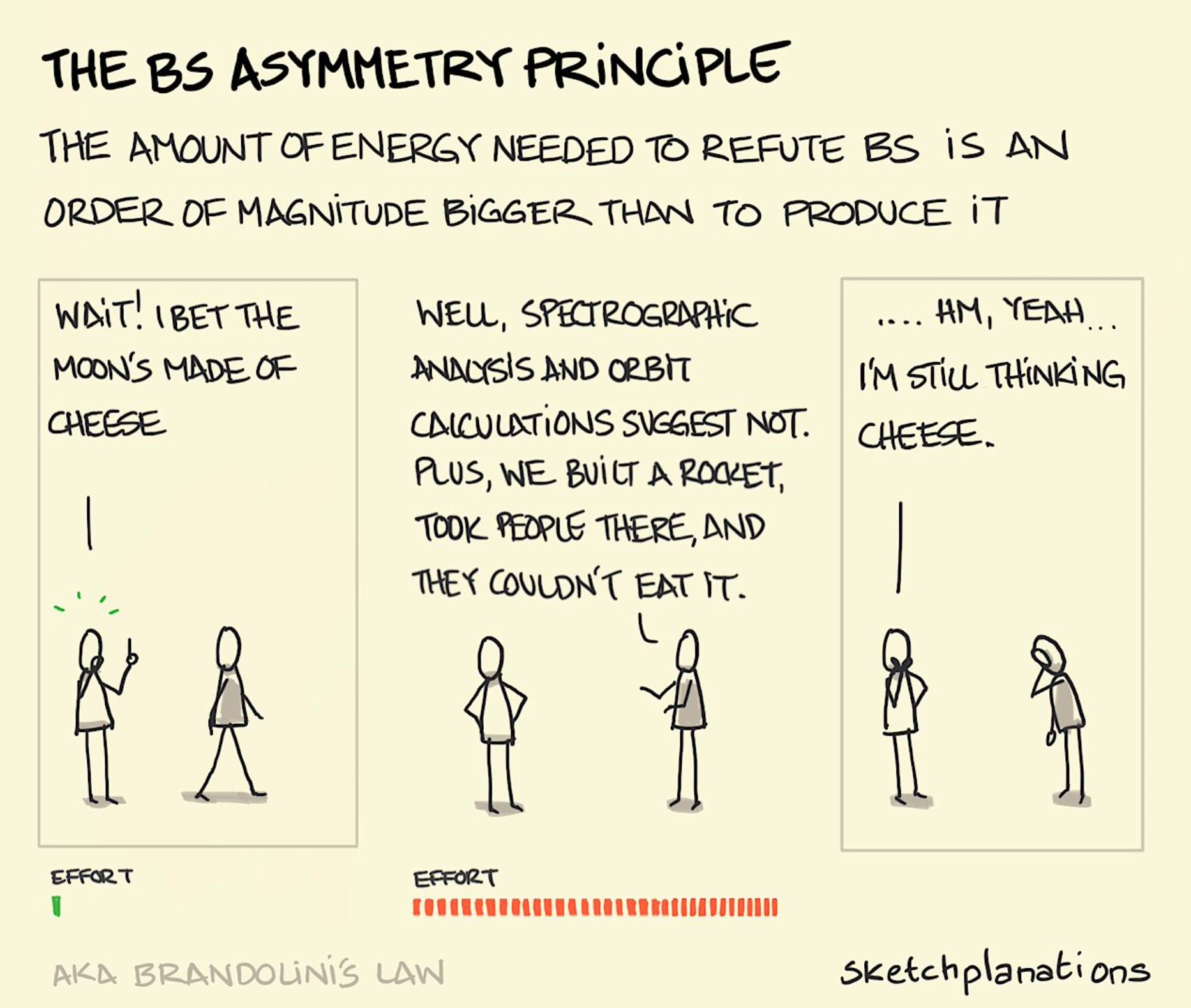
-
GenUE – Direct Prompt-to-Mesh Generation in Unreal Engine Integrated with ComfyUI
GenUE brings prompt-driven 3D asset creation directly into Unreal Engine using ComfyUI as a flexible backend. • Generate high-quality images from text prompts. • Choose from a catalog of batch-generated images – no style limitations. • Convert the selected image to a fully textured 3D mesh. • Automatically import and place the model into your Unreal Engine scene. This modular pipeline gives you full control over the image and 3D generation stages, with support for any ComfyUI workflow or model. Full generation (image + mesh + import) completes in under 2 minutes on a high-end consumer GPU.
-
Edward Ureña – Rig creator
https://edwardurena.gumroad.com/l/ramoo
What it offers:
• Base rigs for multiple character types
• Automatic weight application
• Built-in facial rigging system
• Bone generators with FK and IK options
• Streamlined constraint panel -
GPT-Image-1 API now available through ComfyUI
https://blog.comfy.org/p/comfyui-now-supports-gpt-image-1
https://docs.comfy.org/tutorials/api-nodes/openai/gpt-image-1
• Prompt GPT-Image-1 directly in ComfyUI using text or image inputs
• Set resolution and quality
• Supports image editing + transparent backgrounds
• Seamlessly mix with local workflows like WAN 2.1, FLUX Tools, and more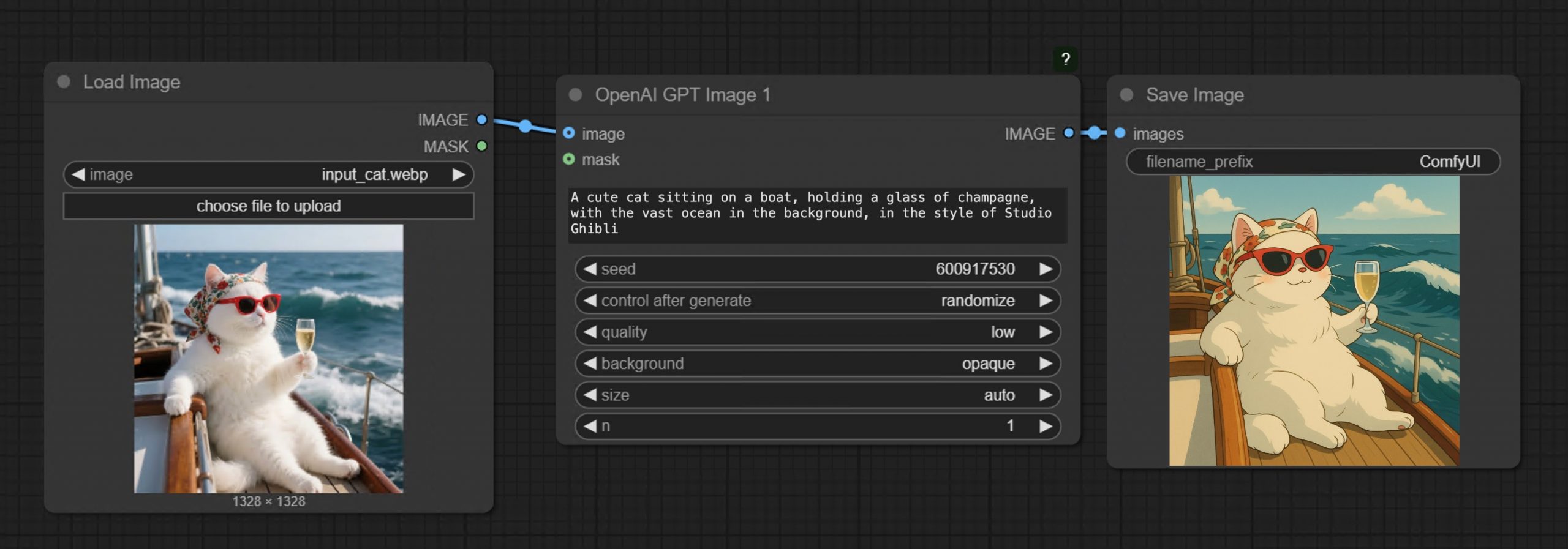
-
Tencent Hunyuan3D 2.5 – Transform images and text into 3D models with ultra-high-definition precision
What makes it special?
• Massive 10B parameter geometric model with 10x more mesh faces.
• High-quality textures with industry-first multi-view PBR generation.
• Optimized skeletal rigging for streamlined animation workflows.
• Flexible pipeline for text-to-3D and image-to-3D generation.
They’re making it accessible to everyone:
• Open-source code and pre-trained models.
• Easy-to-use API and intuitive web interface.
• Free daily quota doubled to 20 generations! -
Alibaba 3DV-TON – A novel diffusion model for HQ and temporally consistent video
https://arxiv.org/pdf/2504.17414

Video try-on replaces clothing in videos with target garments. Existing methods struggle to generate high-quality and temporally consistent results when handling complex clothing patterns and diverse body poses. We present 3DV-TON, a novel diffusion-based framework for generating high-fidelity and temporally consistent video try-on results. Our approach employs generated animatable textured 3D meshes as explicit frame-level guidance, alleviating the issue of models over-focusing on appearance fidelity at the expanse of motion coherence. This is achieved by enabling direct reference to consistent garment texture movements throughout video sequences. The proposed method features an adaptive pipeline for generating dynamic 3D guidance: (1) selecting a keyframe for initial 2D image try-on, followed by (2) reconstructing and animating a textured 3D mesh synchronized with original video poses. We further introduce a robust rectangular masking strategy that successfully mitigates artifact propagation caused by leaking clothing information during dynamic human and garment movements. To advance video try-on research, we introduce HR-VVT, a high-resolution benchmark dataset containing 130 videos with diverse clothing types and scenarios. Quantitative and qualitative results demonstrate our superior performance over existing methods.
-
FramePack – Packing Input Frame Context in Next-Frame Prediction Models for Offline Video Generation With Low Resource Requirements
https://lllyasviel.github.io/frame_pack_gitpage/
- Diffuse thousands of frames at full fps-30 with 13B models using 6GB laptop GPU memory.
- Finetune 13B video model at batch size 64 on a single 8xA100/H100 node for personal/lab experiments.
- Personal RTX 4090 generates at speed 2.5 seconds/frame (unoptimized) or 1.5 seconds/frame (teacache).
- No timestep distillation.
- Video diffusion, but feels like image diffusion.
Image-to-5-Seconds (30fps, 150 frames)
COLLECTIONS
| Featured AI
| Design And Composition
| Explore posts
POPULAR SEARCHES
unreal | pipeline | virtual production | free | learn | photoshop | 360 | macro | google | nvidia | resolution | open source | hdri | real-time | photography basics | nuke
FEATURED POSTS
-
Black Body color aka the Planckian Locus curve for white point eye perception
-
Sensitivity of human eye
-
Jesse Zumstein – Jobs in games
-
What the Boeing 737 MAX’s crashes can teach us about production business – the effects of commoditisation
-
Photography basics: Color Temperature and White Balance
-
UV maps
-
PixelSham – Introduction to Python 2022
-
How does Stable Diffusion work?
Social Links
DISCLAIMER – Links and images on this website may be protected by the respective owners’ copyright. All data submitted by users through this site shall be treated as freely available to share.





